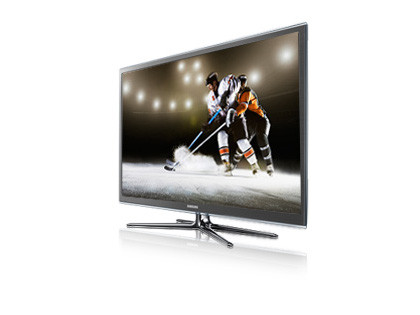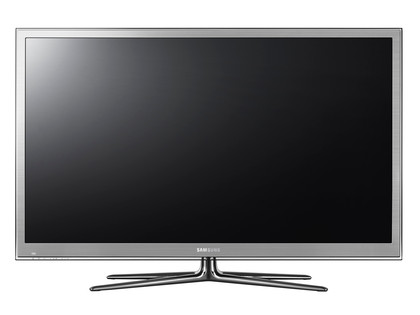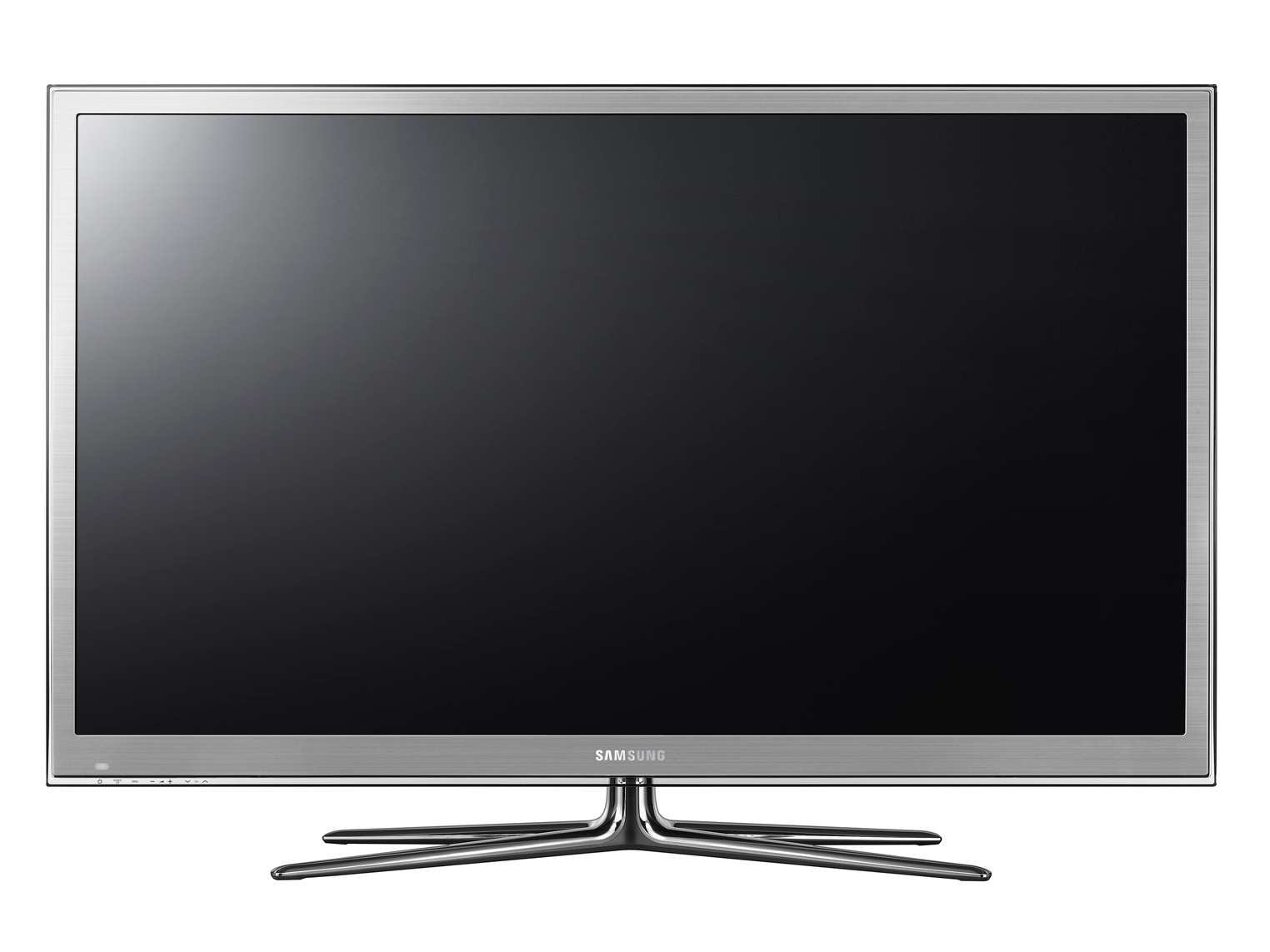Why you can trust TechRadar

Smart Hub, Samsung's offering to the online TV era, is fast becoming one of our favourite such platforms, although it still can't compete with Sony's Bravia Internet Video for must-have content. It's a close contest though, with LOVEFiLM, BBC iPlayer, Acetrax movies and Samsung's own Explore 3D app the headline acts on Smart Hub.
What we like most about Smart Hub is that all of its apps and services are visible from the Samsung PS51D8000's homepage; its iPhone-esque app icons are nicely grouped and separated from each other.
There is, however, a small snag that tests our patience with Smart Hub. When initiated from the remote's dedicated button, it can take a while (around 20 seconds) to load. Scrolling and general navigation of the home screen is quick but, when selected, apps often hang or suffer from unexplained connection issues that render them useless.

A similar problem plagued the AllShare DLNA streaming feature, which is irritating since when it's in a good mood, Smart Hub is peerless.
Web browsing on the Samsung PS51D8000 is also a victim of frequent "Cannot connect" messages, despite the set being warmed up and fully networked. But the main issue here is it's slow - so slow - to scroll through pages. It took us at least 10 seconds to get from a headline on a BBC news story to being able to read the first paragraph. Avoid, avoid, avoid.
Like Smart Hub, the Freeview HD electronic programme guide is also immaculately designed. With the exception of Sony, perhaps, no other manufacturer gets close to Samsung's slick treatment of the Freeview TV schedules - and this time it's a thoroughly speedy experience.
Smart Hub is just about fine for daily operation, but that doesn't mean the standard picture/sound/set-up menus have been sacrificed. A green menu button on the Samsung PS51D8000's lightweight and intelligently backlit remote control takes us to the picture menus, which contain an immediate surprise.

Besides the usual tweaks for contrast, brightness, sharpness, colour and tint, there's also a dedicated section for adjusting the pixel brightness of each cell in the plasma panel. This Cell Light setting goes from one to 20, yet even on its top setting it never reaches the scorch-yer-eyes out levels of some LED TVs.
Preset picture modes include the usual dynamic, standard and movie modes, but there's also another mode simply called 'relax', which appears to dim the brightness even further than the movie mode. It's worth trying out if you're planning to watch in blackout surroundings (where plasmas also do their best work).
An advanced settings menu has choices surrounding gamma, colour space and white balance, as well as a motion lighting feature that adjusts brightness levels according to the amount of movement on the screen, thereby reducing power consumption.
Jamie is a freelance tech, travel and space journalist based in the UK. He’s been writing regularly for Techradar since it was launched in 2008 and also writes regularly for Forbes, The Telegraph, the South China Morning Post, Sky & Telescope and the Sky At Night magazine as well as other Future titles T3, Digital Camera World, All About Space and Space.com. He also edits two of his own websites, TravGear.com and WhenIsTheNextEclipse.com that reflect his obsession with travel gear and solar eclipse travel. He is the author of A Stargazing Program For Beginners (Springer, 2015),

